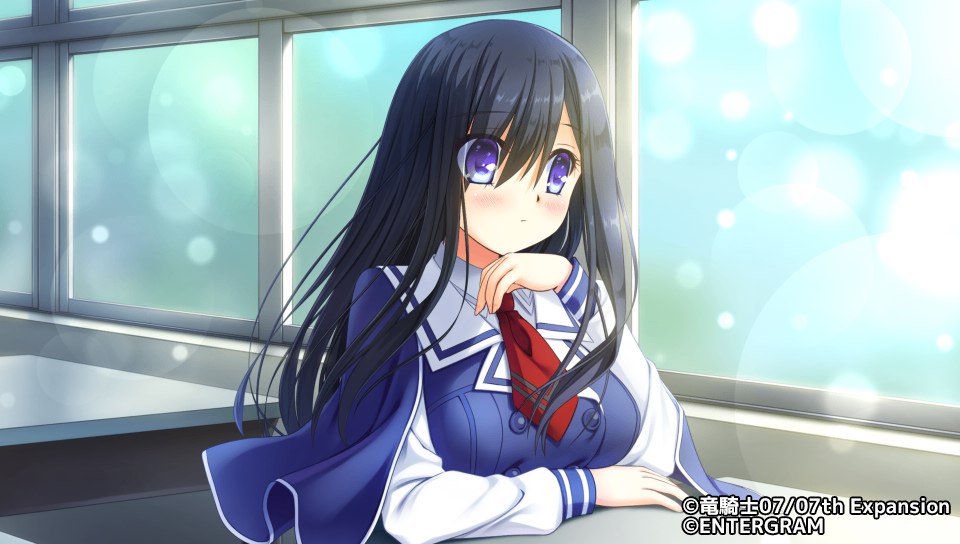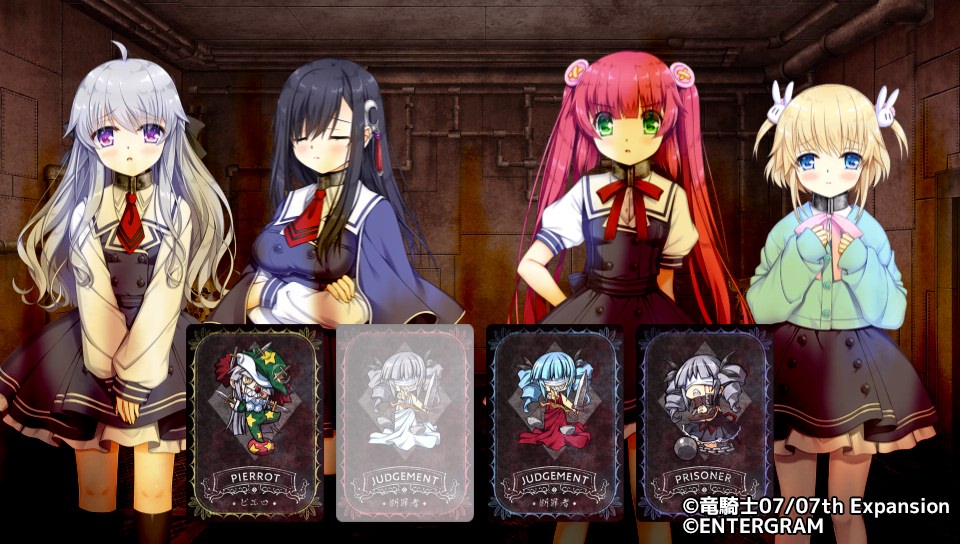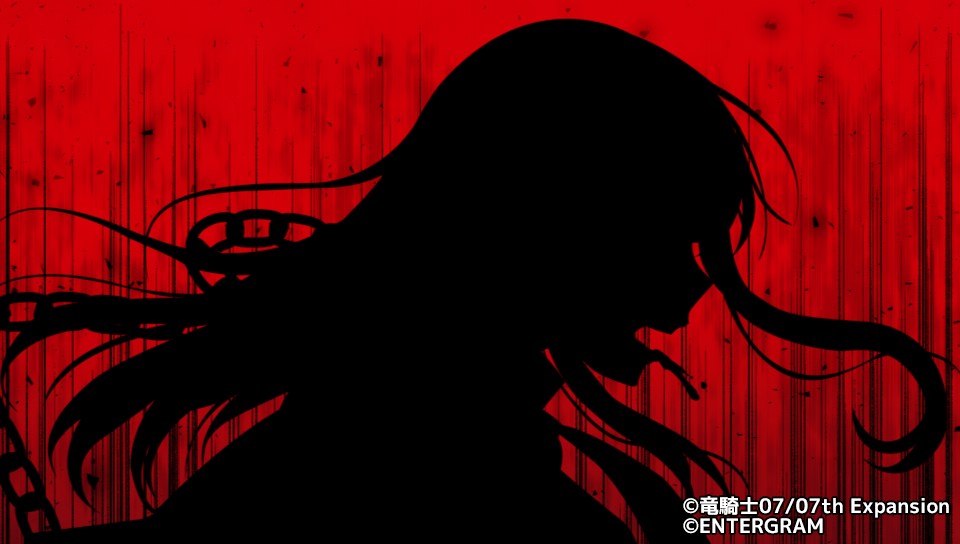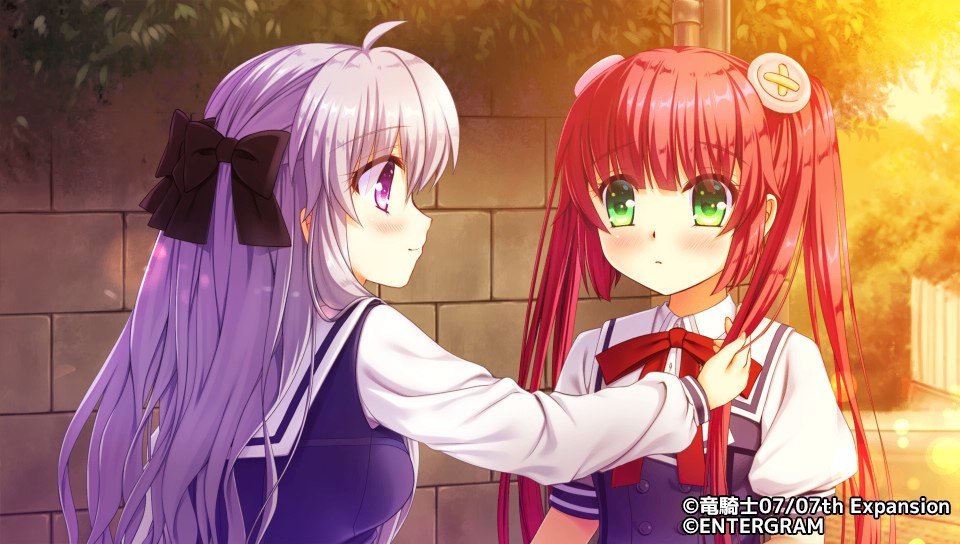
No Japanese firm announced a PSVita game after Genso Rogoku was released in December 2020, making it the last physical game to hit Sony’s handheld there. Iwai Hime Matsuri made me like Ryukishi07’s narratives, but unfortunately this game didn’t get the same kind of attention.

Genso Rogoku has a intriguing rule : four girls are held in basement and are forced to take part in a death game to get out. The trouble is that the game only lets three persons out. Survival or friendship, such is the dilemma set by Entergram’s game over a dozen of hours.

Each chapter, the player chooses a role for Karin, Mizuna, Fûka and Doremi. Funnily, the first kanji of each heroine corresponds to the elements fire, water, wind and earth. That said, the roles they received are “prisoner”, “pierrot” and two “judges”. The prisoner is, very sadly for her, stuck on a iron chair. One of the judges can swap her situation with the pierrot, or declare her “guilty”. In this particular case, the other judge just has to pull a lever and everyone goes free.

As you can expect, it doesn’t happen that easily : the lever inflicts severe pain to the guilty person. Also, all of them have only five minutes before the whole room is engulfed in fire. Therefore, the tension goes high quicker than in a street demonstration. If you enjoy hearing girls argue at each other, this game is made for you. The story is just a flurry of invectives and spine-chilling stares.

But despite scare being the big theme of Genso Rogoku, it’s far less efficient than Iwai Hime Matsuri in that aspect. You can already notice the boxart having a CERO D rating when Iwai Hime Matsuri was Z. I see a sign that Entergram only did half the job. There’s next to no artwork to illustrate the fear and violence. Often, those are silhouettes of the characters on a red background, which doesn’t show much and leaves your imagination do the rest. Genso Rogoku doesn’t really express fear, there was a lot more to be done for that.

The other issue of the concept is its annoying redundancy. You try every prisoner/pierrot combination but every time the scenario is more or less the same. One of the girls is going to recall some unfullfilled promise, blame, and ultimately sacrifice another for it. It is, regrettably enough, literally twelve times the same story. Let’s stress that the author tries a contrast between cute childhood scenes and the killings. It kinda make sense and cleverly prepares the happy end at the close.
I honestly can’t believe that anyone in this project really gave its best. Genso Rogoku is too short, shallow and definitely not scary enough. However painful it may seem, it was far from being the dream-like last Vita game we hoped for.
